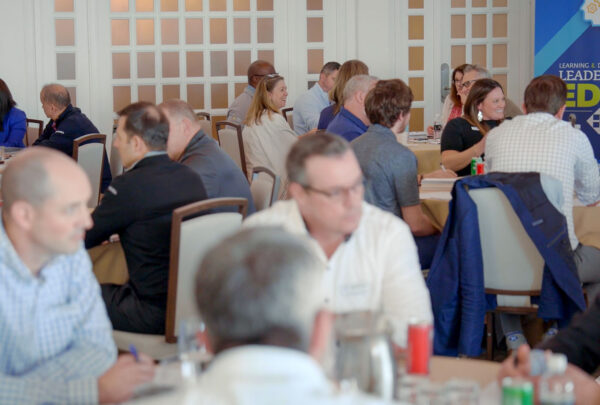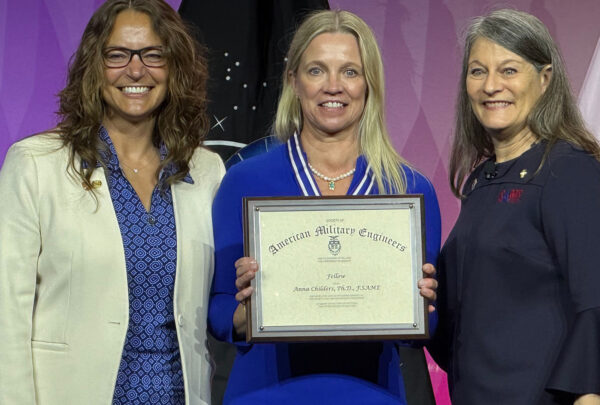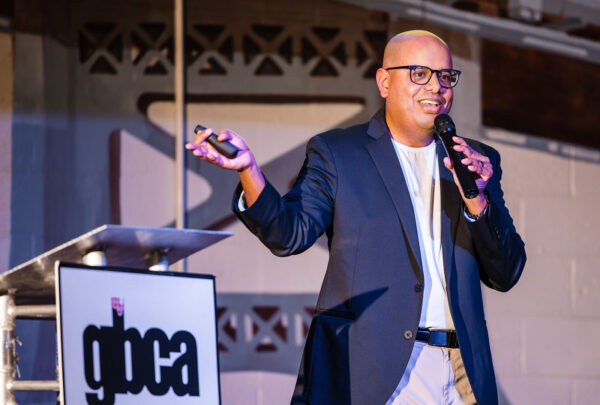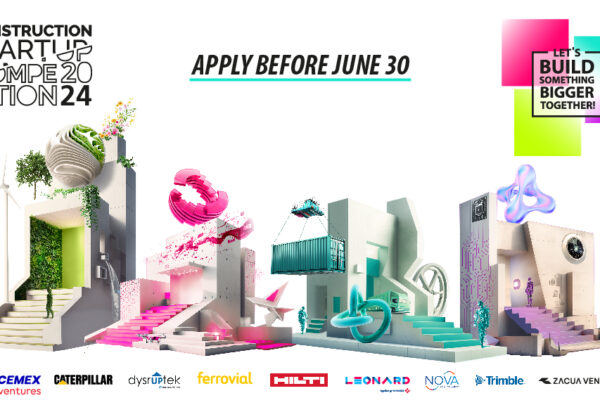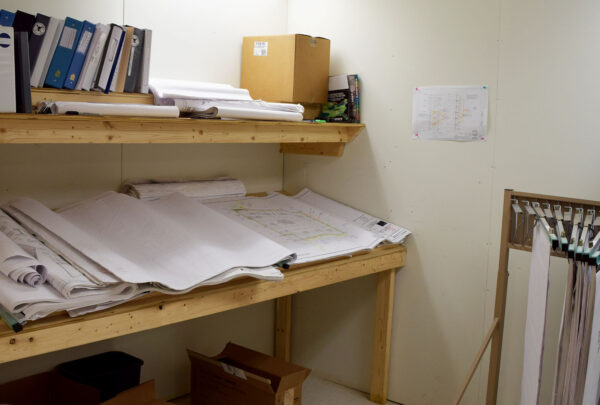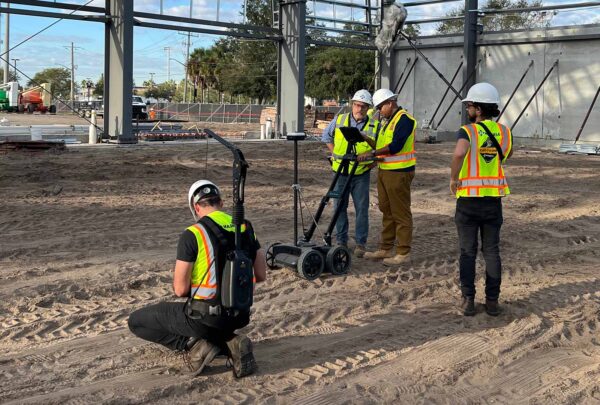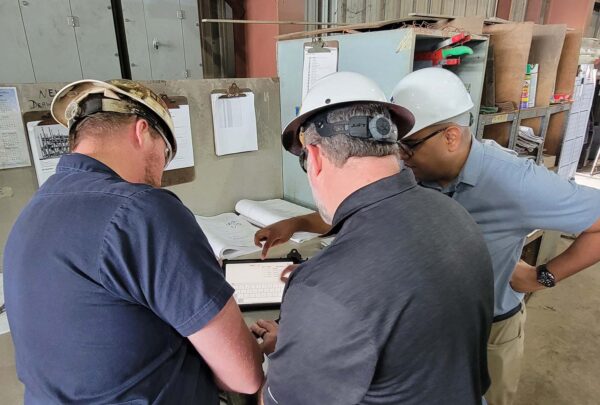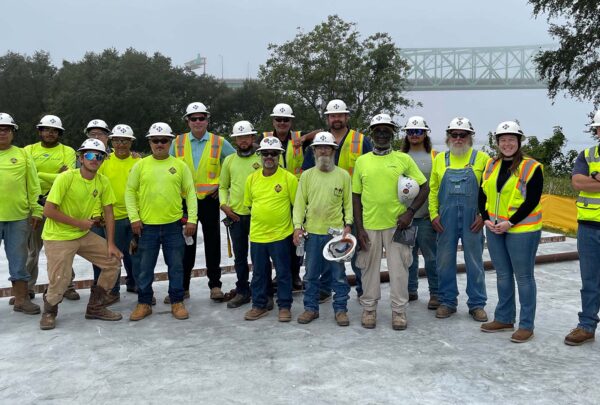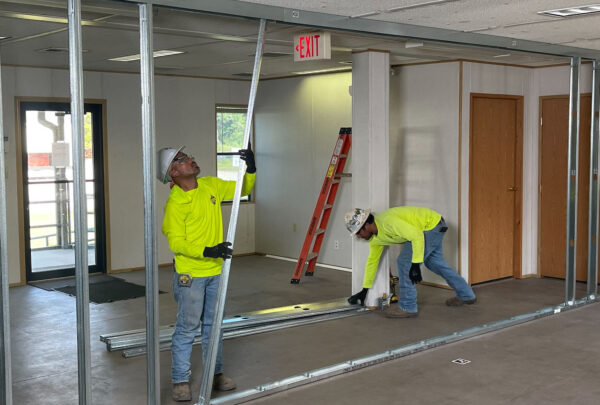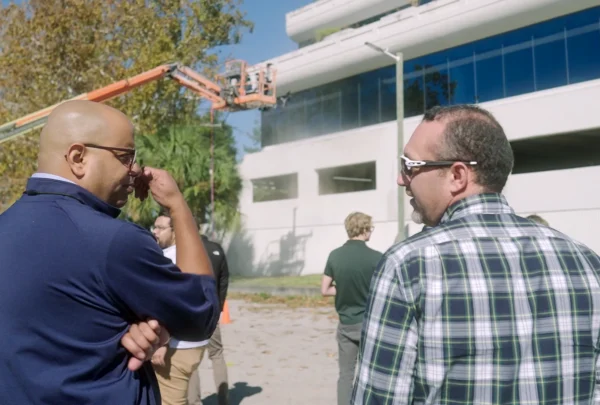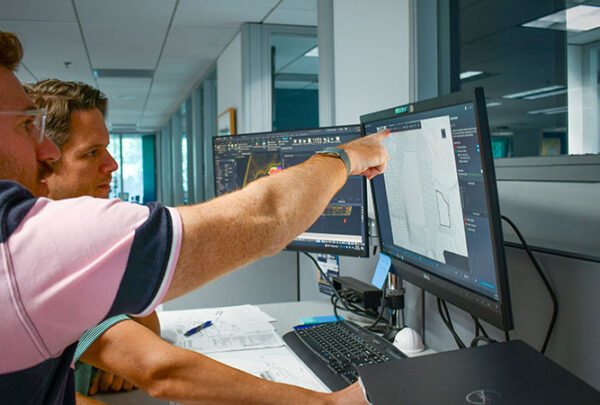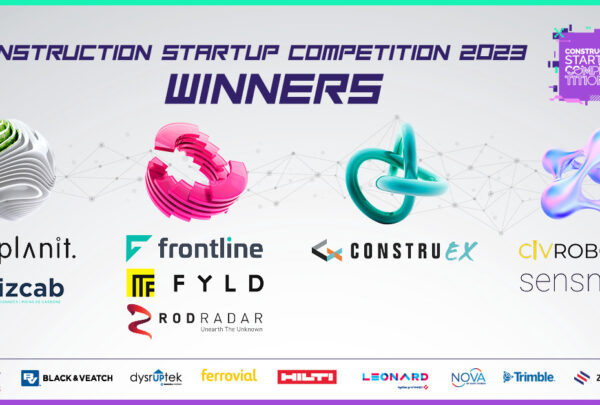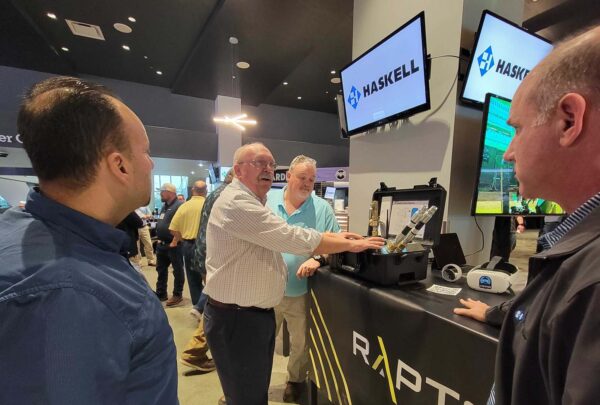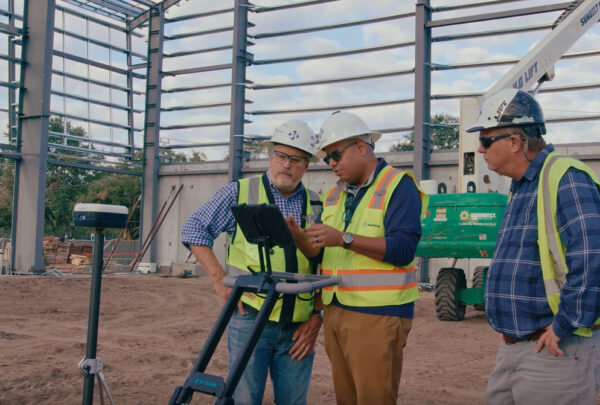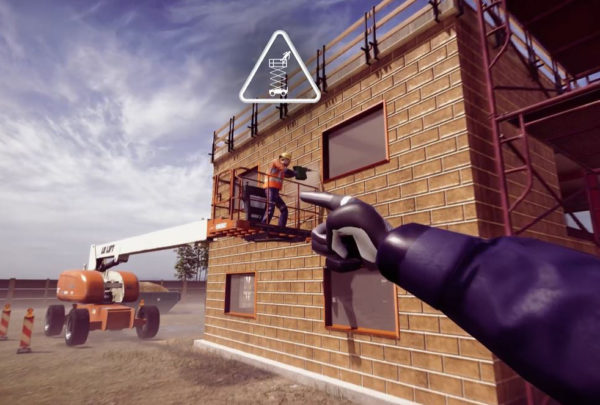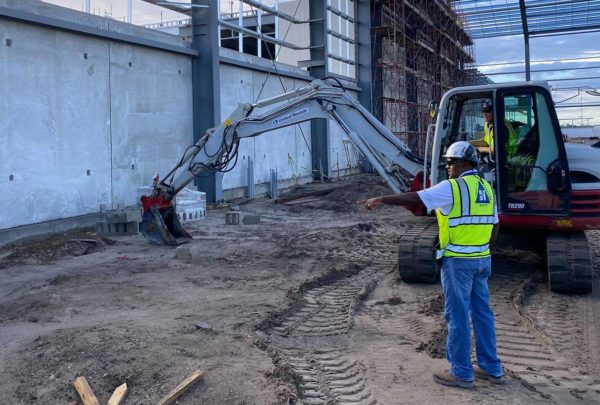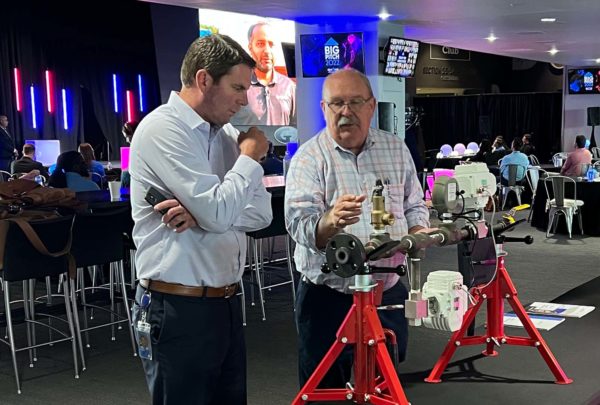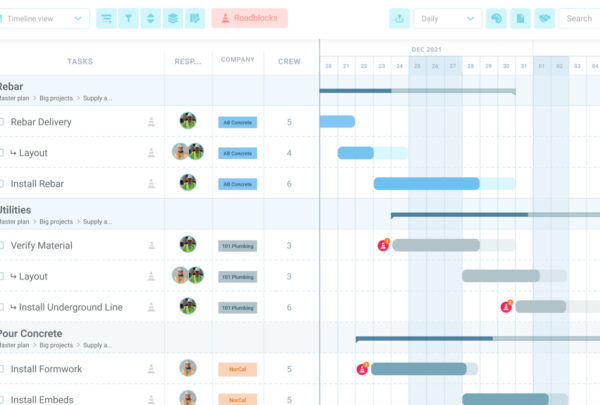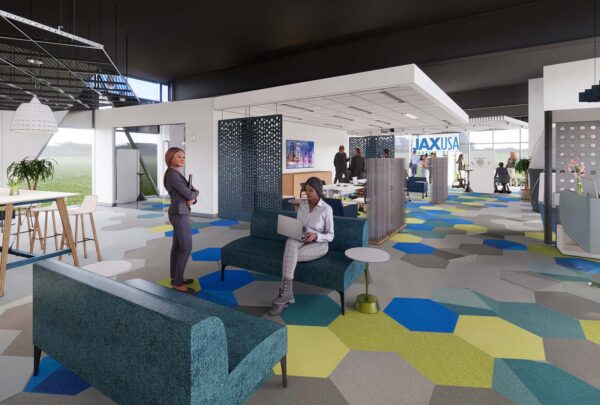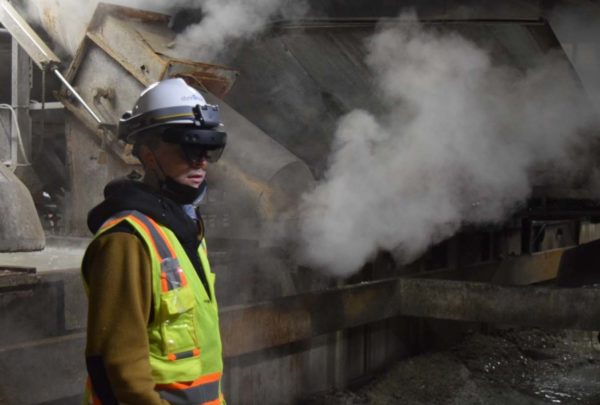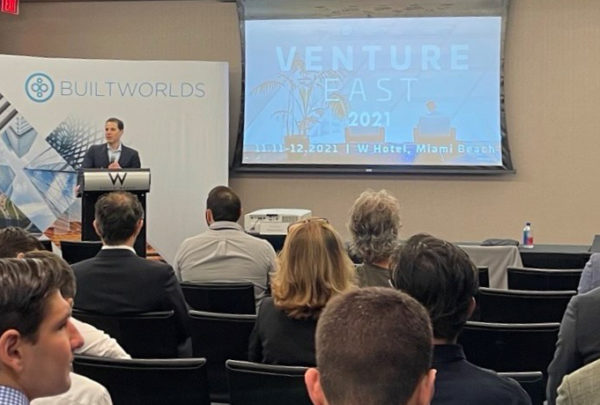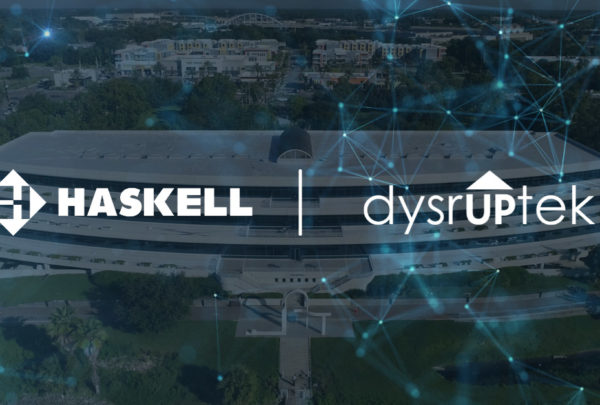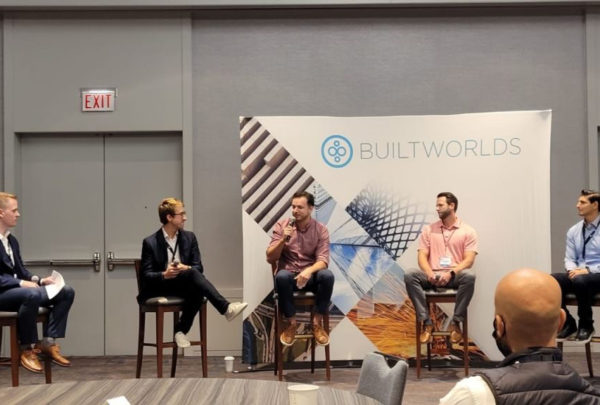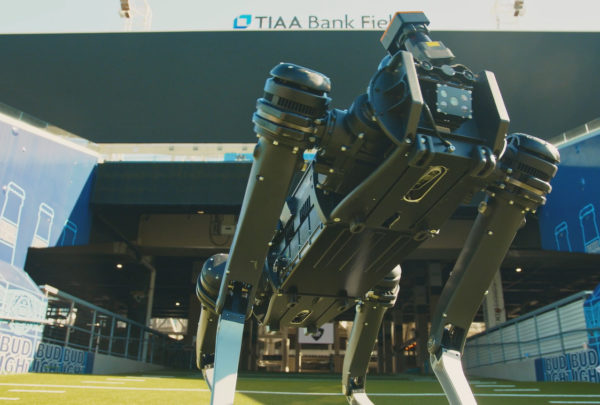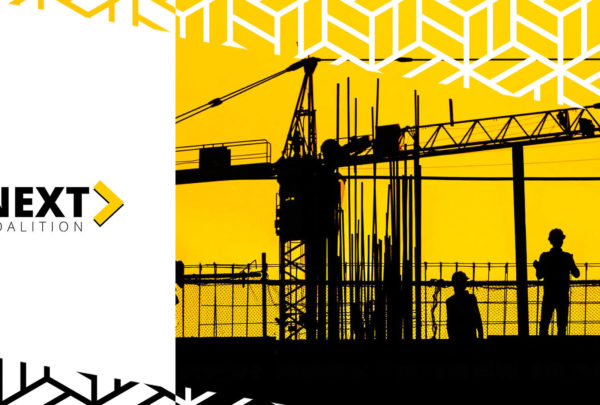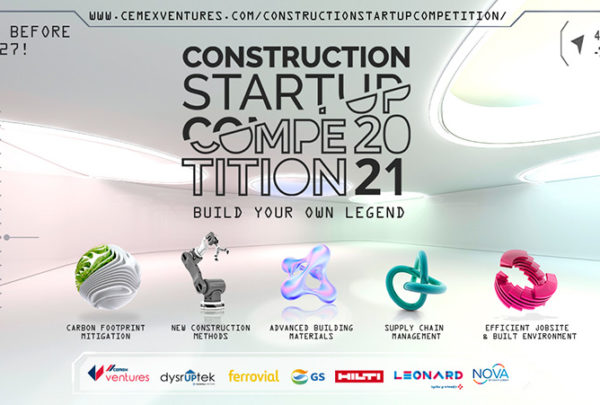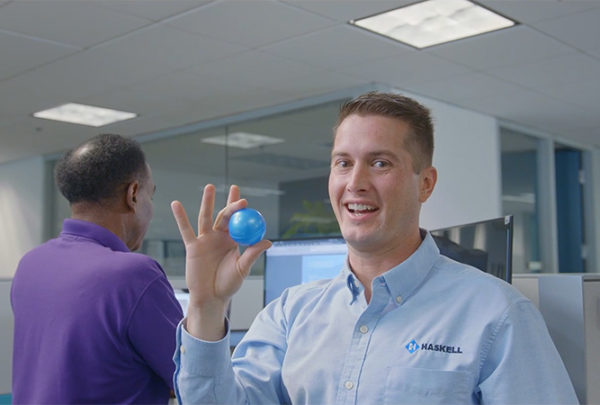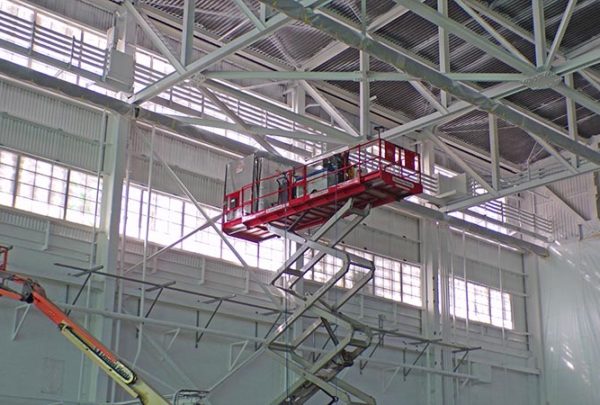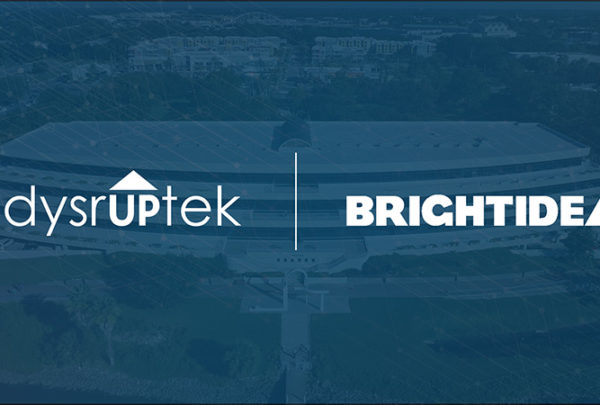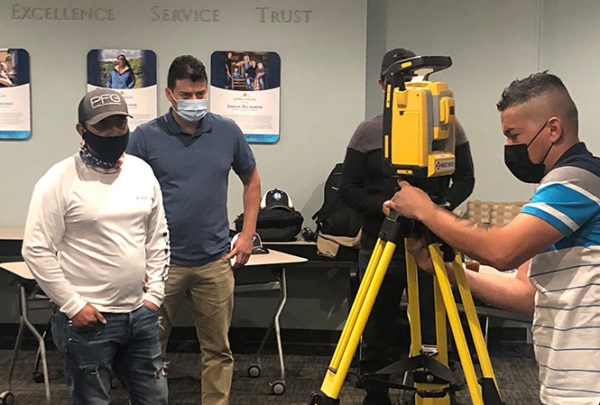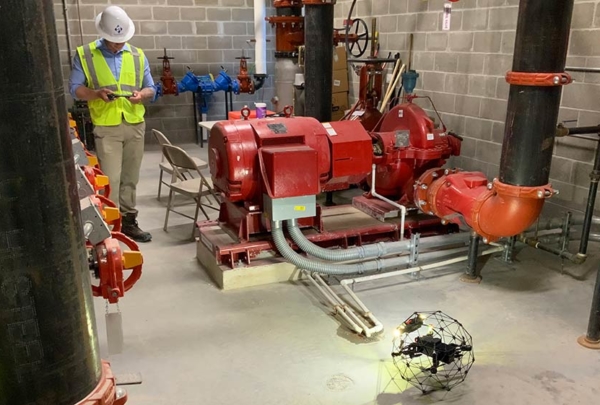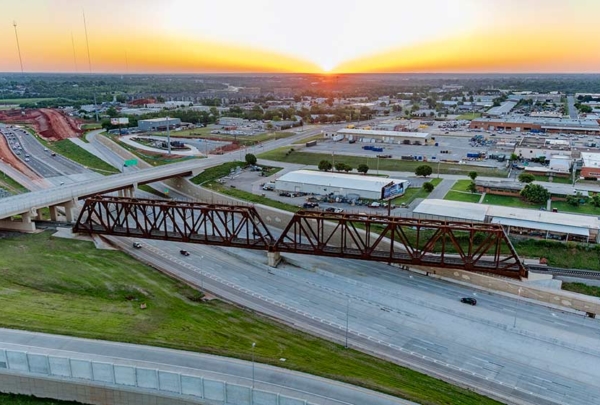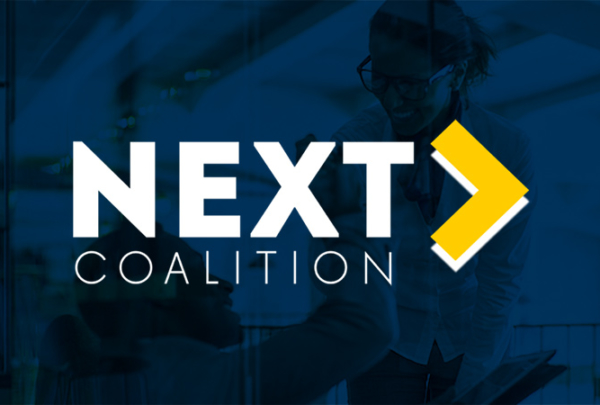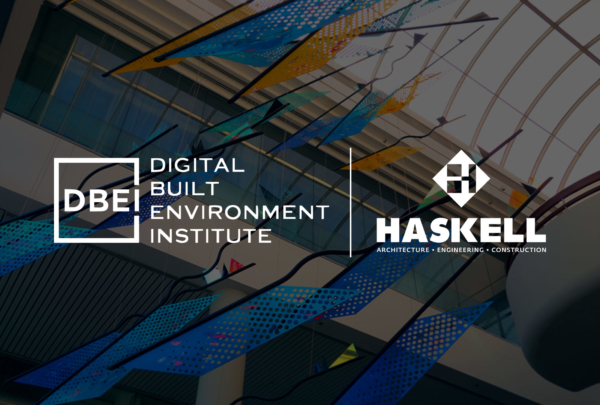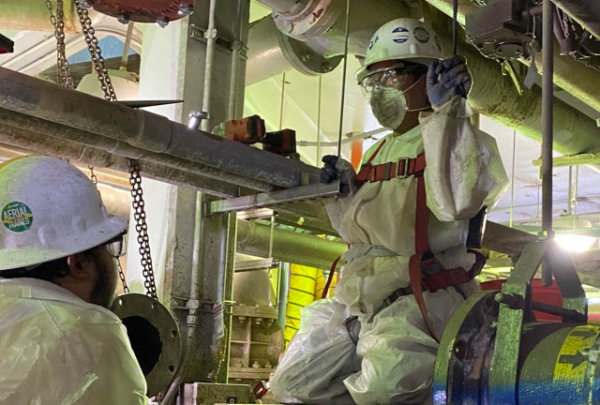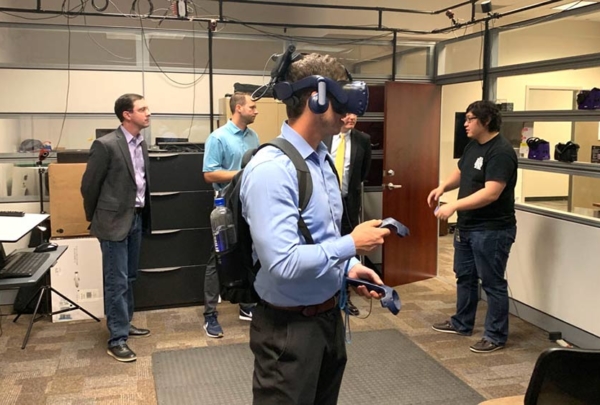Like many aspects of life or any other industry, construction still struggles with change. It’s not that change isn’t happening, or the industry isn’t advancing and evolving; it’s more about the pace of change. Technological advancements in the industry are rapidly growing and developing exponentially, thanks to the introduction of artificial intelligence (AI) and the fast pace of development. However, the adoption rate differs from the speed at which these technologies are being developed. Yes, there’s desire, adoption and even full buy-in among the industry’s early adopters, but the majority is still lagging, and the chasm stands strong.
The main barrier to adoption at scale is fear of change or, more likely, the unknown. Changing how most individuals consume and communicate information has proven extremely difficult. Change is scary, intimidating, overwhelming and sometimes even costly. Several reasons stand between users adopting and embracing the new technologies entering and disrupting our space:
- Tech vs. Process: The push for new technology often originates from leadership, aiming to integrate advanced solutions into existing frameworks. However, without addressing the foundational processes, technological enhancements risk compounding inefficiencies rather than alleviating them.
- The Capability Trap: Introducing novel technologies or methodologies typically leads to an initial dip in productivity. This adjustment period can be misconstrued as a failure of the new system, prompting a retreat to familiar processes despite their limitations.
- Risk Aversion: Familiarity breeds comfort, even in suboptimal conditions. The prospect of venturing into uncharted territory, with the potential for decreased efficiency, fosters a preference for the status quo.
- Intolerance of Failure: Innovation inherently involves trial and error. A culture that lacks forgiveness for mistakes stifles the willingness to experiment, which is essential for successfully integrating new technologies.
- The Metamorphosis of Change: Adopting new ways of working signifies a departure from established identities, both for individuals and organizations. This transformation is often perceived as a loss of the familiar despite the promise of growth and improvement.
The key to scaling technology adoption is to present as evolution rather than change. We are all constantly evolving and making better, more informed decisions based on past learnings. That’s how we get better; that’s how we keep up with the times.
The best implementation of technologies fundamentally shaping how we work comes from the bottom up. Those solutions speak to end-users in a way that solves a painful problem statement, creating efficiency that allows them to focus on high-level tasks. The process evolves with that implementation and shapes adjacent processes as well. People, processes and technologies can complement one another, but they all have to be open to morphing and adapting together, not in silos.
Transitioning from a mindset of change to one of evolution invites a more constructive engagement with innovation. While the path may be fraught with challenges, it is a necessary journey for achieving sustained growth, excellence and competitive advantage in the ever-evolving construction industry.
 About the author: Hamzah Shanbari is Director of Innovation for Haskell, ranked by global insurer AXA XL as the No. 1 contractor in technology adoption. He holds a Bachelor of Science in Architectural Engineering from King Fahd University of Petroleum and Minerals in Saudi Arabia, a Ph.D. in Design, Construction and Planning and a Master of Science in Building Construction from the University of Florida. He is the author of the forthcoming book, “Paperless Builders: The Why, What, and How of Construction Technology.”
About the author: Hamzah Shanbari is Director of Innovation for Haskell, ranked by global insurer AXA XL as the No. 1 contractor in technology adoption. He holds a Bachelor of Science in Architectural Engineering from King Fahd University of Petroleum and Minerals in Saudi Arabia, a Ph.D. in Design, Construction and Planning and a Master of Science in Building Construction from the University of Florida. He is the author of the forthcoming book, “Paperless Builders: The Why, What, and How of Construction Technology.”

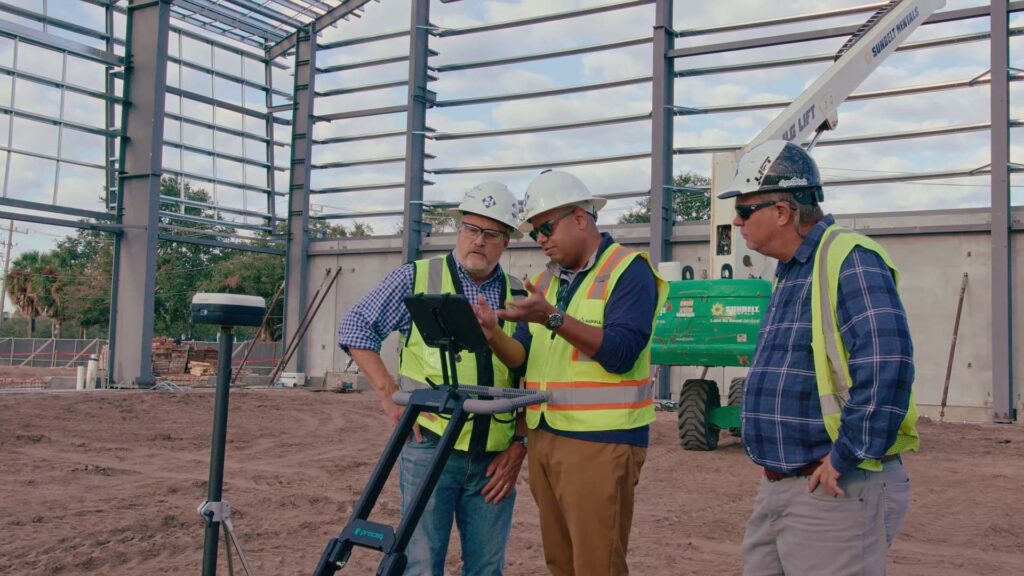
 About the author:
About the author: 